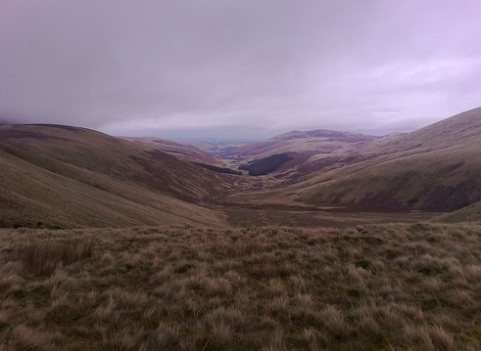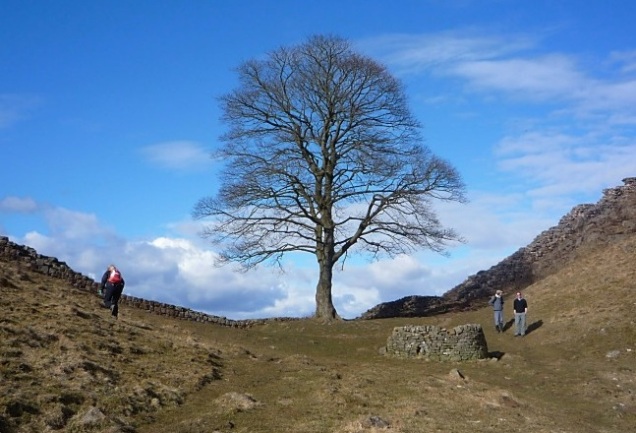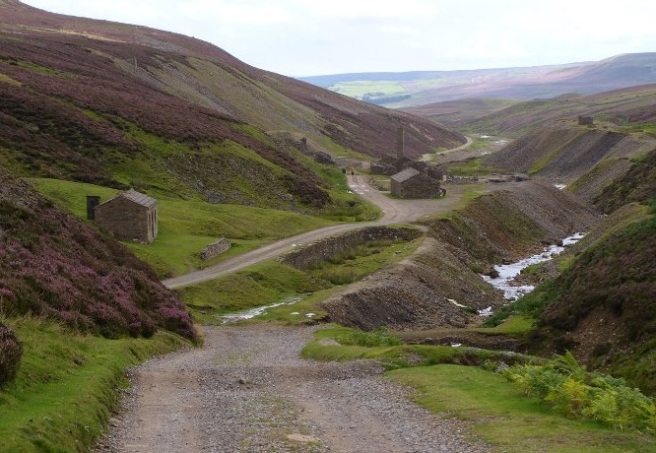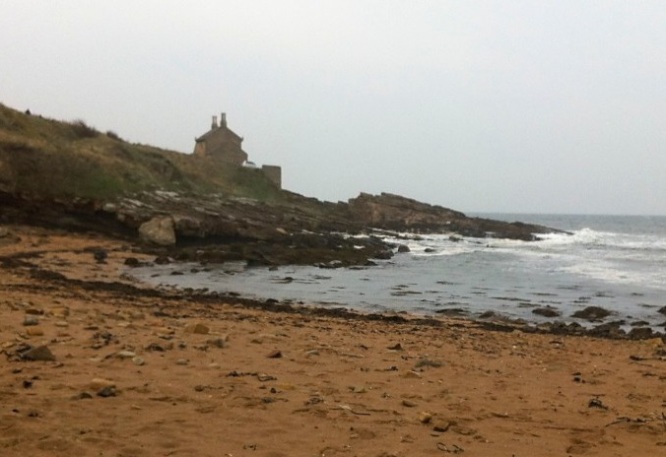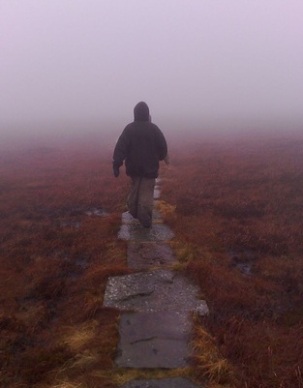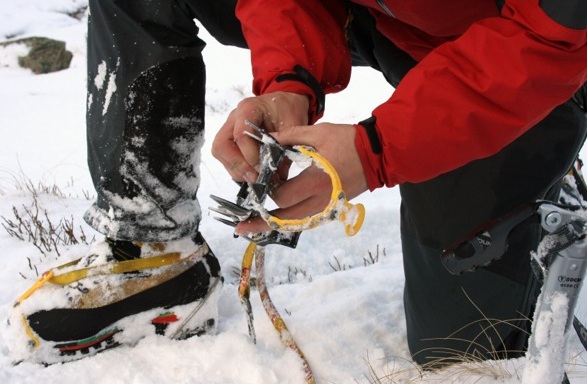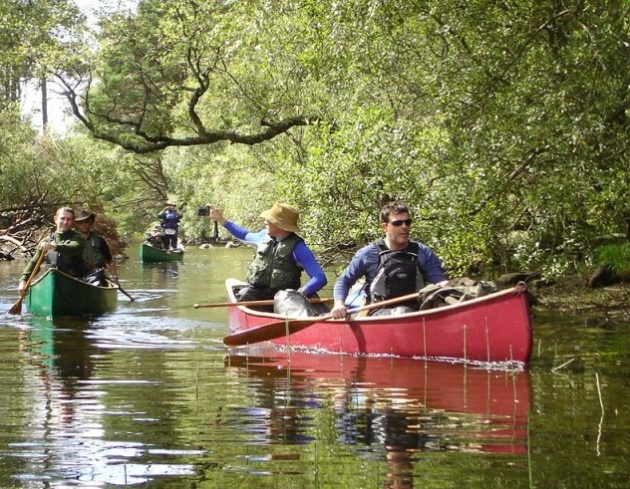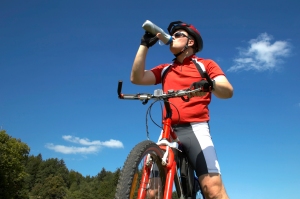Top 5 walks in the North East of England
January 30, 2012 Leave a comment
If you’re a keen walker or just out for a ramble, then look no further than these beautiful places to go in the North East sent to us by the keen walkers at Status Digital in Newcastle.
Hadrian’s Wall
You can walk the entire length of Hadrian’s Wall along the 84 mile National Trail – however, there are many shorter routes that allow you to enjoy a sample of Hadrian’s Wall in a day. One of the best sections can be walked from Steel Rigg in a circular route up to Hotbank Farm then back along the wall and two of its milecastles.
You may well recognise many of the views as this is one of the most photographed stretch of the wall – including Crag Lough and the Sycamore Gap (famous from Robin Hood Prince of Thieves!) – so be sure to take your camera.
Northumberland Coast
Blow the cobwebs away with a walk up the Northumberland Coast for stunning coastline and beautiful castles. Walking from Craster down to Howick Hall and back up the coast is a fairly flat route, and combines farmland on the way down with rugged coastline on the way back up. There’s even a secluded little beach about half way round which is perfect for a lunch stop. If you fancy a drink afterwards head up to The Ship at Low Newton by the Sea slightly further up the coast. Their beer is brewed in a microbrewery just next to the pub.
Swaledale
This varied walk sums up all the fabulous things Swaledale has to offer – valley greenery, steep hillsides, and moor tops together with the lead mining history which has shaped the landscape so dramatically. Set off from the village of Gunnerside up Gunnerside Ghyll, starting along the river then gradually making your way higher up the valley.
Scramble up Bunton Hush, a remnant of an old lead mining practice, then stride over the moor tops. The route comes down past Old Gang Smelt Mill, over Surrender Bridge before looping back round to Gunnerside. Classic Swaledale.
Durham Dales
This area is great for a real feeling of being away from it all. It’s very quiet and peaceful and seems virtually untrodden in places, so much so that you might find yourself relying on a map and compass on occasion. A favourite is walking from Rookhope near Stanhope, finding your way across the expansive moorland, exploring the old mining sites and ending up at The Rookhope Inn for an ale and a pie.
The Cheviot
The jewel of Northumberland, this 2,674 ft (815 m) high, flat-topped mound can be reached via several stunning routes through the Cheviot Hills. Most notably College Valley, for it’s very picturesque, typically Northumbrian landscape. There are a number of routes to the summit, varying in gradient but the top of the hill is virtually flat for quite a long way before you reach the summit. Depending on the weather, this tends to mean the top is mostly occupied by fairly a treacherous peat bog, but there are some good stone paths through most of it.

